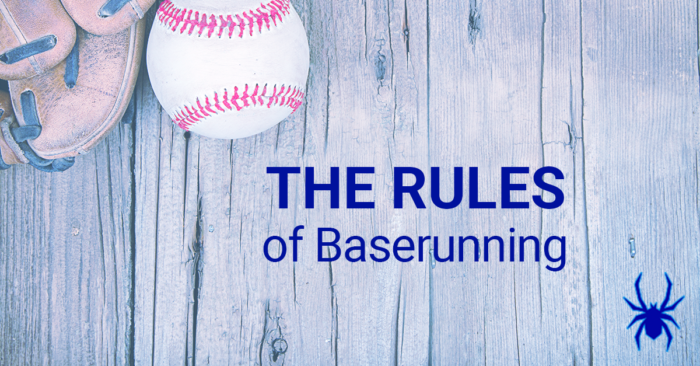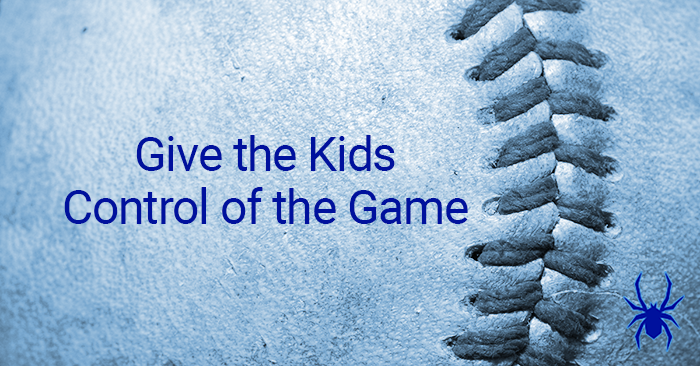Baserunning is MATH. Your time to get somewhere needs to be less than the time to get the ball to that base. Here are some exercises to help.
The Rules of Baserunning
There are some basic rules of baserunning that determine whether you should try to take that next base. It’s all related to risk and reward.
Winning at All Costs
You should want to win. It should be a goal. But the winning at all costs approach, no matter the level, is bad for youth baseball.
Give the Kids Control of the Game
Allow your catchers to call pitches and pickoffs. Allow your infielders to call plays. Teach them how and why. Give kids control of the game!
A Case for Simpler and Fewer Signs
You really don’t need all of those signs. Fewer and simpler signs prevents miscommunication and it allows your players to play on instinct.
- 1
- 2
- 3
- …
- 21
- Next Page »




